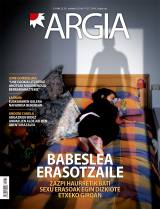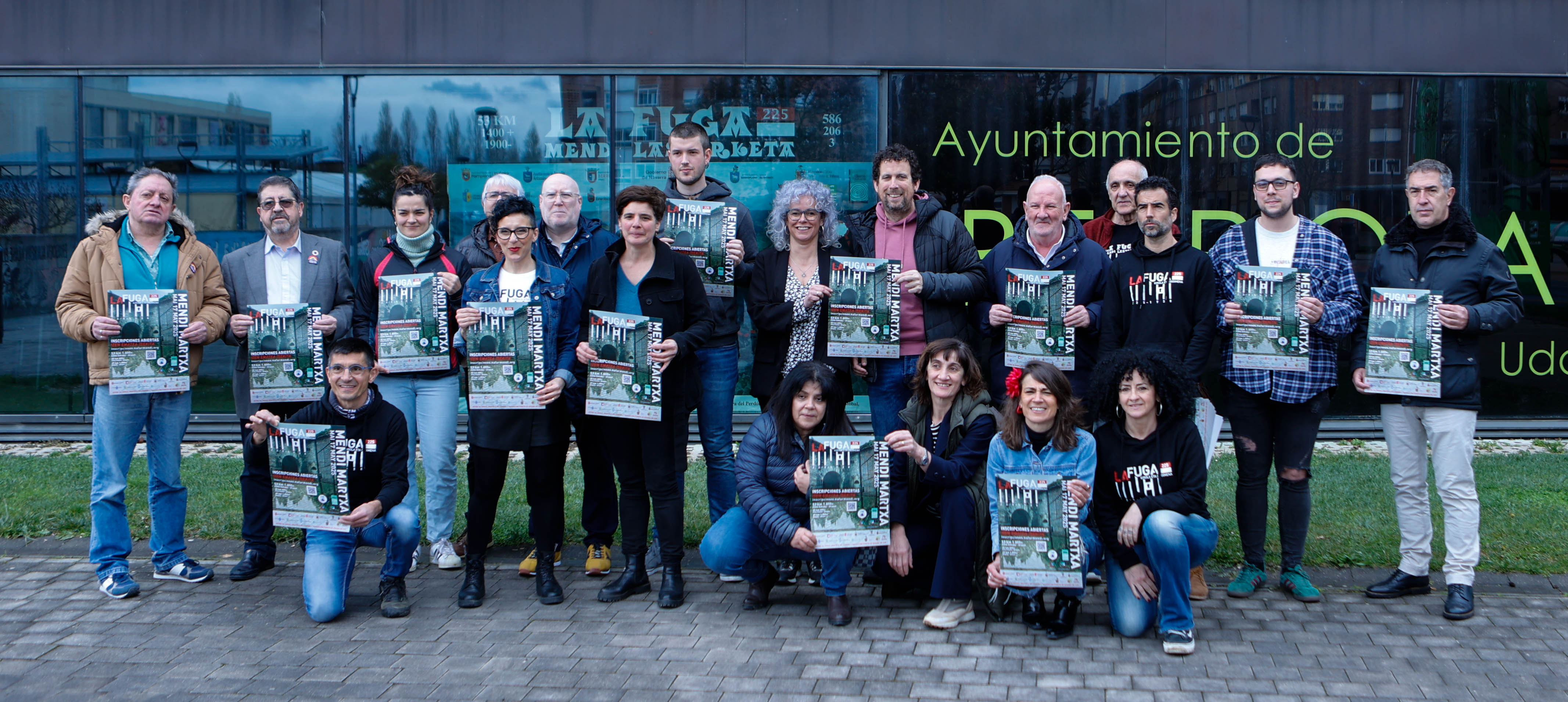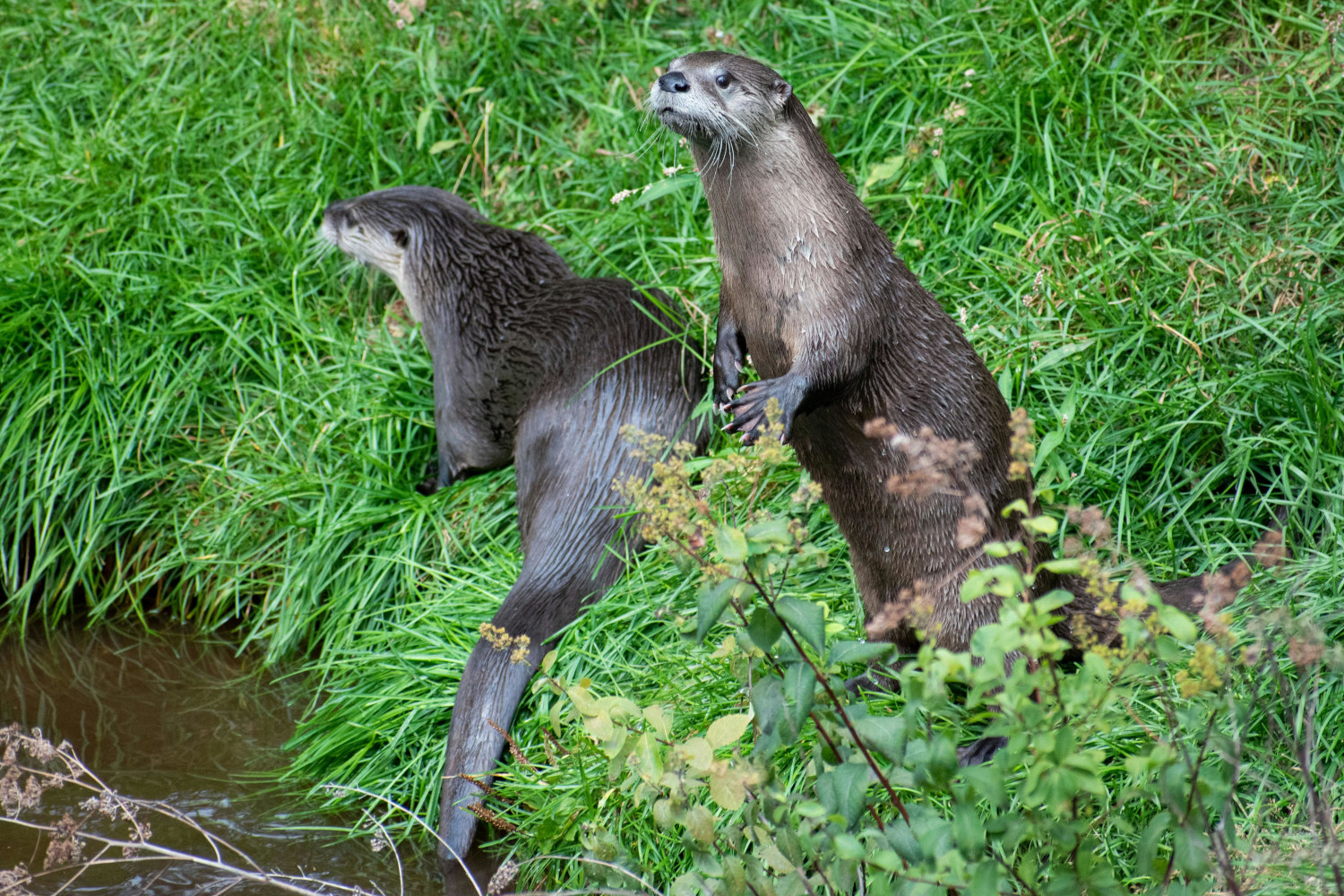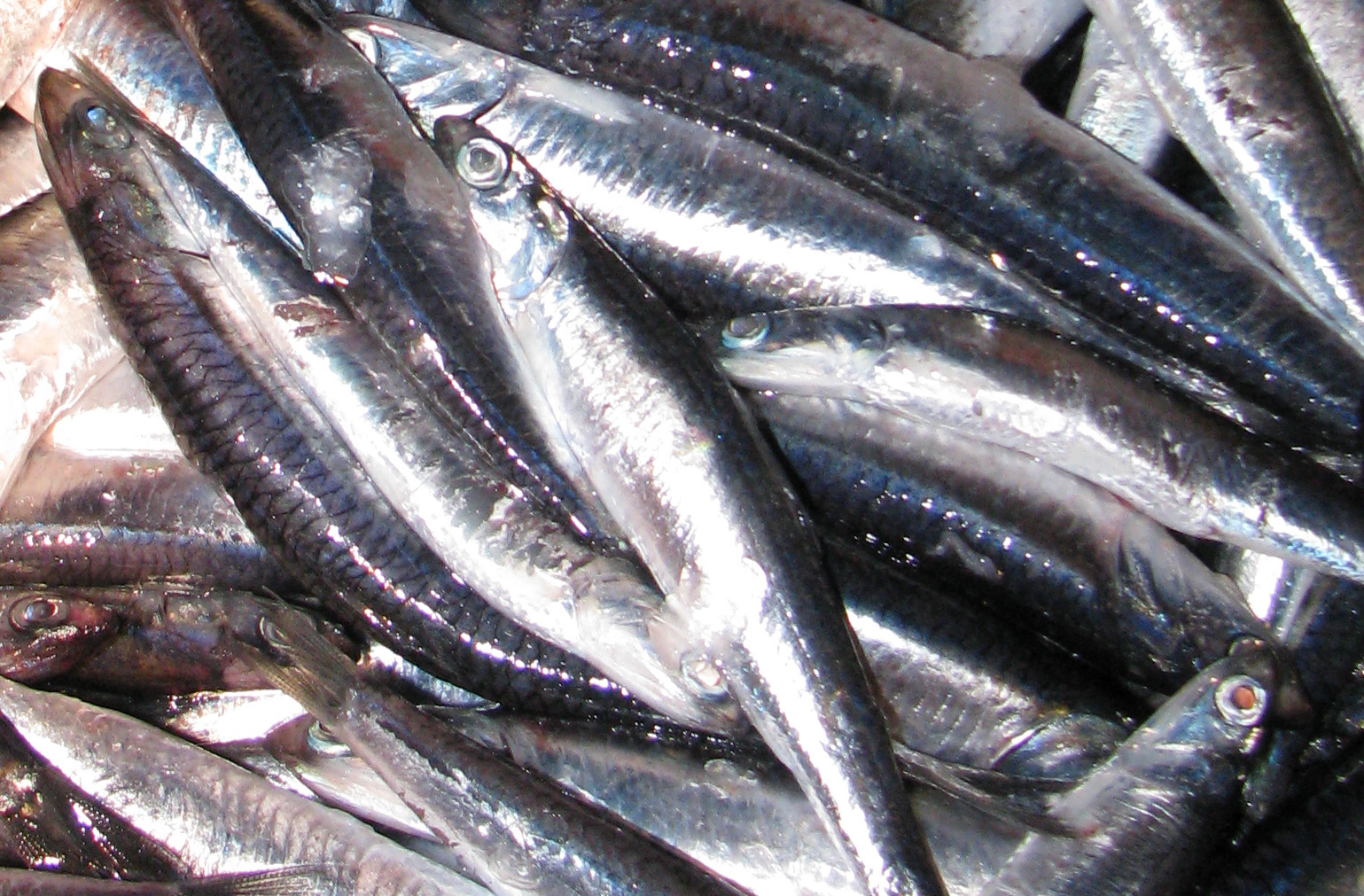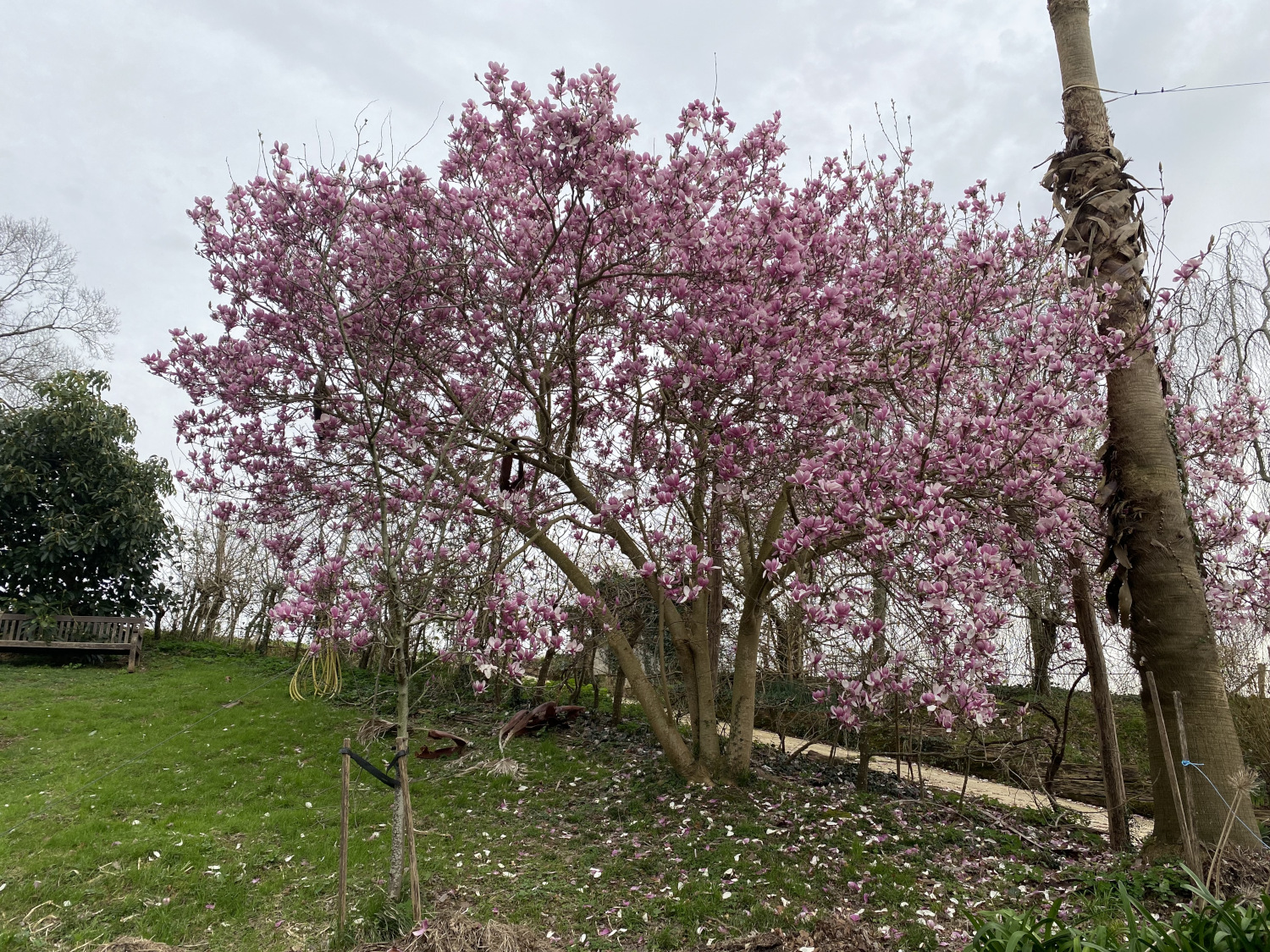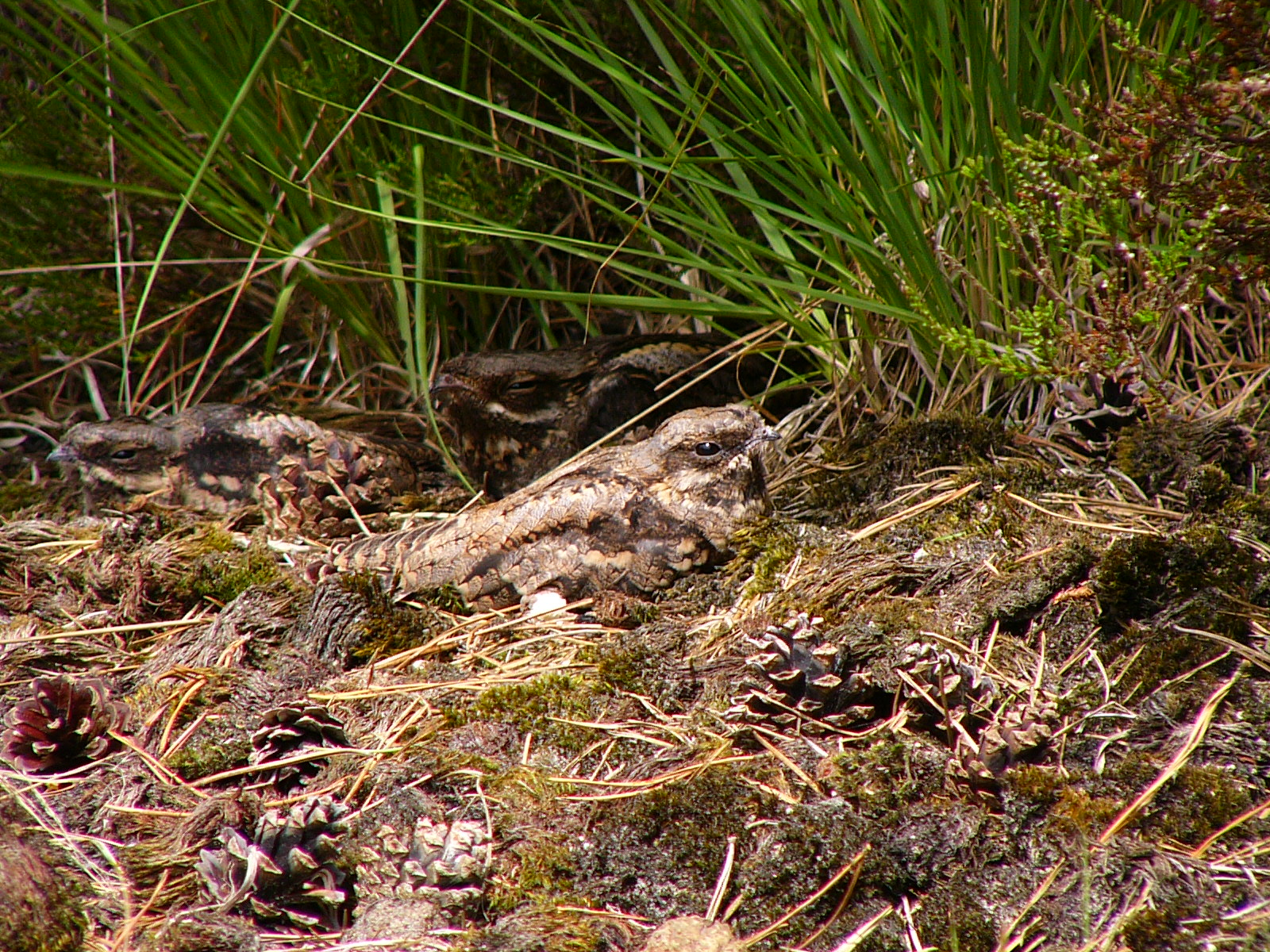"I want to show the deadly effects of human activity on wild animals"
- The documentary The Journey of Unai is the latest work by photographer Andoni canela. For fifteen months the whole family has been around the world looking for seven endangered animals. It's a journey that almost everyone would like to make as a child, or what we'd like to do with our children. In this film, the son of Andoni, Unai, eagerly claims the right of animals to live in freedom.
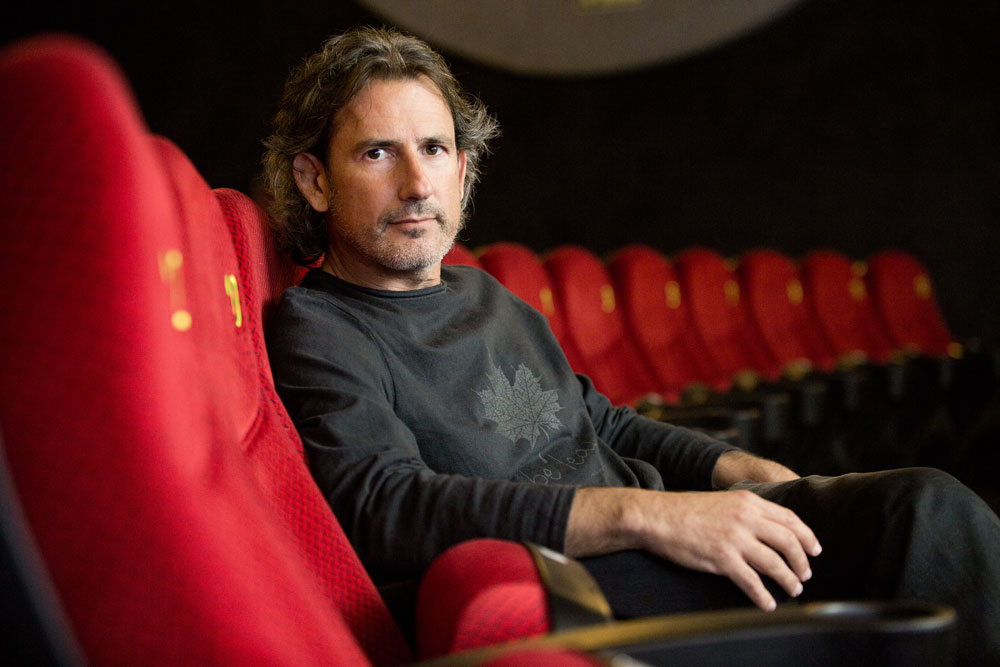
Naturaren argazkilaria. Bartzelonako Unibertsitate Autonomoan kazetaritzan lizentziaduna eta Londresko London College of Printing-en argazkilaritzan diplomaduna. Hamabost liburu eman ditu argitara, haien artean: Durmiendo con lobos eta El Águila Imperial Ibérica. Bere lanak National Geographic, Geo, BBC Wildlife, Newsweek eta Sunday Times hedabideetan argitaratzen ditu. Duela hiru urte bere bikotekide Maritxell Margarit idazlearekin eta haien bi seme-alabekin hamabost hilabeteko bidaia egin zuten munduan barrena. Bidaia horretatik La llamada del puma liburua eta El viaje de Unai dokumentala sortu dira.
How long have you been fond of photographing animals?
I'm from Tudela, I have from there my father and my mother from Bilbao. I lived in Tudela until I got to college. I was walking a lot through the Bardenas. When I was 13-14 years old, I was going to look for landscapes and animals on the edge of the Ebro and its mountains. I started taking pictures when I was 16.
How did he become a professional photographer of nature?
I studied journalism at the Autonomous University of Barcelona, but I went very little to school. I started publishing my papers in third-level journals and periodicals. Later came books and exhibitions.
Can you live out there?
Until four or five years ago you could have lived quite well, but lately, because of the crisis, many people have been forced to stop working on it. Fortunately, I have a lot of work. My way of doing it is quite special, because I work on long-term projects. In some of the books I've published, I've been two or three years non-stop. I had to spend several years preparing an exhibition on the Arctic. Most of the jobs I usually do are custom made or with a previously certified receiver.
Have you always been around the world?
During the course, some friends opened a library of newsstands at the Journalism School, and as soon as the course ended, I was leaving with my camera and my tent. For five or six years, I spent the whole summer in Africa. At first he wrote, but gradually the photo was taking priority. From the very beginning I have made reports about the relationship between the human being and the environment. The first, for example, was the ovine route of the roncaleses, published by La Vanguardia.
Are animals always the protagonists?
I was getting closer and closer to animals, but the relationship between man and animals is always at the base. On this last trip, for example, the starting point was to check which animals are being persecuted, slaughtered and endangered, and to choose one of them per continent. Human beings are not seen in my pictures, but their influence on animals is the essence of the message. Rather than explaining the biology or the condition of animals, what I want to show you is what deadly effects human activity has on wild animals. So, are my documentaries about nature? Yes, but also more than that.

Are we destroying the planet?
In developing countries, nature is becoming, it is running out. In other cases, more or less, we are putting in place protective measures and in some cases it can be said that they are effective. In the third world, first world multinationals are brutally exploiting natural resources. This is today's colonialism. Tropical forests and many other ecosystems are disappearing either by direct farms or by climate change. The statistics clearly show how some species are clearly disappearing or declining. If here you can obtain the recalification of a soil in a “legal” way, let us not say in developing countries. There the political will and everything that is needed are very easy to buy to do business. What is happening now in the Asian tropical rainforests by palm oil is terrible.
How did the idea of a 15-month trip come about?
In my travels I have usually gone alone and in short stages. This has been totally different. This time we've gone the whole family and we've done everything right away. Initially, the aim of the trip was to make photographic reports for several journals. I did about 20. Then came the opportunity to make the book, The Cougar Call, 272 pages, 150 photographs, Meritxell texts and Unai drawings. The conference was run by Odile Rodríguez de la Fuente. The last one was The Journey of Unai, who told the chronicle of those months in his own words.
All of this is part of the Looking for the Wild project. The project has been supported by several foundations and entities, including the Félix Rodríguez de la Fuente Foundation, and we are in collaboration with the P.A.U. With the editorial Education in the educational project Learning in the Wild aimed at families and schools. I am surprised at the reaction of the people. The audience gets terribly excited. The final message is reaching the viewer well, but also much more.
Why have you chosen these seven animals?
I've chosen wolves in the mountains of Europe in Cantabria, elephants in the desert in Namibia, pumas in Patagonia, bisontes in North America, penguin Papua de la Antarctica, calaus in Thailand and crocodiles in Australia.
We wanted to show the reasons why humans exterminate these animals. For example, the American bison. There were between 40 and 50 million copies, until the whites arrived. Almost all were killed, until they left a small group of about 50 grains in Yellowstone Park. Why did they commit such a holocaust? To kill the local Indians, to negotiate with the skins, because ammunition was cheap… They kill the desert elephants by ivory, but in exchange for political favors. Thai calves are being killed to sell their feathers and their spikes, but most of the time they are disappearing due to the destruction of tropical forests. To remove the oil, impressive palm plantations are being installed. On the other hand, Antarctic penguins are directly suffering the consequences of climate change. In Australia, however, until recently, crocodiles were dangerous to the people who killed them. He was in danger of extinction in many places and is now protected. This is the main difference between developed and developing countries. Protection measures work approximately. The lynx, the solar eagle… have been about to get lost on the Iberian Peninsula. It is true that the wolf is a threat to animals, but the massacre cannot be the only solution. In some cases, there are also contradictions in terms of organic food. Some say they make organic cheese, for example, but they don't want the wolf to be around.

What has the organization of work been like on the journey?
We've been on each site for two or three months. The dynamic was very simple: getting there, getting there and starting to look for an animal that was very hard to see. Some scenes are recorded in several days, but they seem to be made the same day, as we went every day to the same place and at the same time. So I could record from different points of view, even if there was only one camera. Most of the plans, the three-quarters, are mine, but Unai's son also began to take some shots while I was photographing, and many of them we've already used in the film. At first he was shaking his hands, especially because the tele-objectives are great, but he has worked better and better. It will soon make me the competition!
After the end of the journey we have worked for another fifteen months in the montage: video images, photographs, live sound (roar of lions, aullidos of wolves…), music, narration, drawings… The script has been made by Meritxell, the writer and friend of Tudela Julio Mazarico and Unai himself, and three versions have been recorded in Spanish, Catalan and English.
What experience has it had for Unai and Amaia?
They've enjoyed it a lot. They're used to this kind of thing. Unai turned nine years in Alaska watching northern lights. You know bears, lynx, wolves ... Unai has had the opportunity to talk to the experts who know the most about these animals and has learned a lot, but despite that, she continues to be thrilled when she sees the animals in freedom.
On the journey, we've lived in very different places. We've gone from the Namibian desert to 25 degrees below zero in Antarctica. Unai went on a trip to two schools. In Australia, we were in a village and went to public school with Aboriginal children. We were in a small town in the United States, Colorado, 1,500 meters high, and there he went to public school. Moreover, they studied at home with Meritxell. Everything has been much easier than it seems. Clothing, for example, required all weather conditions. In Thailand, we were kept in the hotel's winter clothes and we asked them to store it in the place where we rented the car in Namibia.

The little Amaia, a golden secondary who eats the protagonist.
Yes, it's true. It's wonderful. In addition, surely your first memories for a lifetime will be from that journey. It belongs to the whole earth: eat anything, sleep anywhere…
We've lived at extreme temperatures and we've had nothing. Only Amaia had a three-day cold in North America, with 15-20 degrees below zero. Unai turned his ankle as he fell on a four-meter slope as he ran after a series of paper planes. Another day, in Africa, the belly was mixed. Nothing else. It will be due to lack of stress and worry. We don't know. But with the animals we have had no danger. In Africa, for example, we slept in two shops on top of the car and at night we couldn't get down or urinate because the lions were walking around. I've been to all of those sites many times, and I know where the danger may be. For a scorpion to die, for example, it has to step its head or it leaves. It's very difficult. We have not been put at risk. It may be more dangerous to go here by car from home to work.
What is the educational project you have developed on this journey?
On the one hand, some schools we have known along the way have contacted others to talk about the destruction of animals. For example, a Patagonian school has worked with a Galician. Because what is being done with puma in Patagonia is what they did with the wolf in Galicia. They were killed for being dangerous to animals, and the same now happens with the puma in Argentina and Chile. In addition, the documentary will be screened in several schools and we would like to project it in some cinemas as well. In Barcelona it has been possible to see for five weeks and the room has been full in all the sessions it has offered. We've done over 70 performances across the state and people love it.
And from now on?
Between January and August we have returned to the world. On behalf of the Mediaset group we have recorded several performances in different places. On this occasion it has not been continuous, but has been carried out for three or four weeks in the company of a television group.

“Naturarekiko kontaktu hutsak baliabide pila ematen die haurrei. Gauzak haien kabuz aurkitzen doaz, eta min pixka bat hartzen badute ez da ezer gertatzen. Asunek azkura ematen dute eta animaliek hozka egiten dute, hori horrela da, eta ikasi egin behar da. Gaur egun gehiegi babesten ditugu haurrak eta asko ari gara galtzen”.
“Unairen begirada ez da dokumentalistarena, ikusitakoa aldatu nahi duen pertsonarena baizik”.
“Bidaiaren ardatza galzorian dauden zazpi animalia-espezie bilatzea zen eta azaltzea gizakien ekintzen ondorioz daudela egoera horretan. Modu sinple eta zuzenean nahi genuen adierazi, eta zalantzarik gabe, errazago lortzen da hitz egiten dizuna haurra bada”.

“Aitak erakutsi zidan lehenbiziko gauza izan zen misio bat izan behar duzula. Nire lehen misioa kopetazuriak bilatzea izan zen. Ahate moduko batzuk dira, gure etxe ondoko urmaelean bizi direnak. Gero ulertu nuen aitaren trikimailua: misioa aitzakia hutsa da eta dibertigarriena, aldiz, bilatzen ari zarenean ikasten duzun guztia”.
Itsasoan badira landareen itxura izan arren animalia harrapari diren izaki eder batzuk: anemonak. Kantauri itsasoan hainbat anemona espezie ditugun arren, bada bat, guztien artean bereziki erraz atzemateko aukera eskaintzen diguna: itsas-tomatea.
Kirola eta oroimena uztartuko dituzte, bigarrenez, mendi-martxa baten bitartez. Ez da lehiakorra izanen, helburua beste bat delako. La Fuga izeneko mendi martxak 1938ko sarraskia gogorarazi nahi du. Ezkabako gotorlekuan hasi eta Urepelen amaituko da. Maiatzaren 17an eginen dute.
Zer esango zenioke Palestinako aktibista bati aurrez aurre izango bazenu? Ni mutu geratu nintzen Iman Hammouri nire herrian bertan aurkeztu zidatenean. Eskerrak andre nagusi bat gerturatu zitzaigula eta solaskide roletik itzultzailearenera pasa nintzela.
Palestinako Popular... [+]
Ugaztunei eskainitako azken artikuluaren amaierako hitzak hurrengo animalia aurkezteko aitzakia paregabea dira. Bertan esaten genuen muturluzeak erreka “garbi eta txukunak” behar dituela, kutsadurarik gabeak baina elementu natural anitzekin. Animalia txiki horren... [+]
PP, Vox, Junts eta EAJren botoekin Espainiako Kongresuak onartu du otsoa espezie babestuen zerrendatik ateratzea eta, horren ondorioz, berriz ehizatu ahal izango dute Duero ibaitik iparrera.
Antxoa, bokarta edo albokartia, gure arrain komertzialen artean txikiena, euskal kostaldera hurbildu da.
Magnoliak eleganteak dira. Dotoreak. Anddereak. Pontxoak. Apainak. Pimentak. Gurbilak. Ponposak, ponpoxearrenak. Ortiroak. Ia-ia fazazkoak, kriket eta kraket. Ez naiz harritzen, beren loraldien azpian lurrarekin urtzerainoko handitasunaren menpeko sentitzen naiz urtero.
Herriko EH Bilduko zinegotzi eta legebiltzarkide den Ander Goikoetxeak egindako galdera parlamentario bati Jaurlaritzak emandako erantzunaren bidez jaso informazioa hau. Bi haize sorgailu ezartzeko asmoa dago eta Cluster Hernani izeneko proiektu zabalago baten barruan kokatzen... [+]
Eskola inguruko natur guneak aztertu dituzte Hernaniko Lehen Hezkuntzako bost ikastetxeetako ikasleek. Helburua, bikoitza: klima larrialdiari aurre egiteko eremu horiek identifikatu eta kontserbatzea batetik, eta hezkuntzarako erabiltzea, bestetik. Eskola bakoitzak natur eremu... [+]
Katalanen ustetan artzainak engainatzen omen ditu hegazti honek: “enganyapastors”. Espainiar eta latindarrek, aldiz, ahuntzari esnea kentzen diola diote, hortik datorkio hain zuzen ere izen zientifikoan (Caprimulgus europaeus) islatzen den caprimulgus (capra... [+]
Andeetako Altiplanoan, qocha deituriko aintzirak sortzen hasi dira inken antzinako teknikak erabilita, aldaketa klimatikoari eta sikateei aurre egiteko. Ura “erein eta uztatzea” esaten diote: ura lurrean infiltratzen da eta horrek bizia ekartzen dio inguruari. Peruko... [+]









